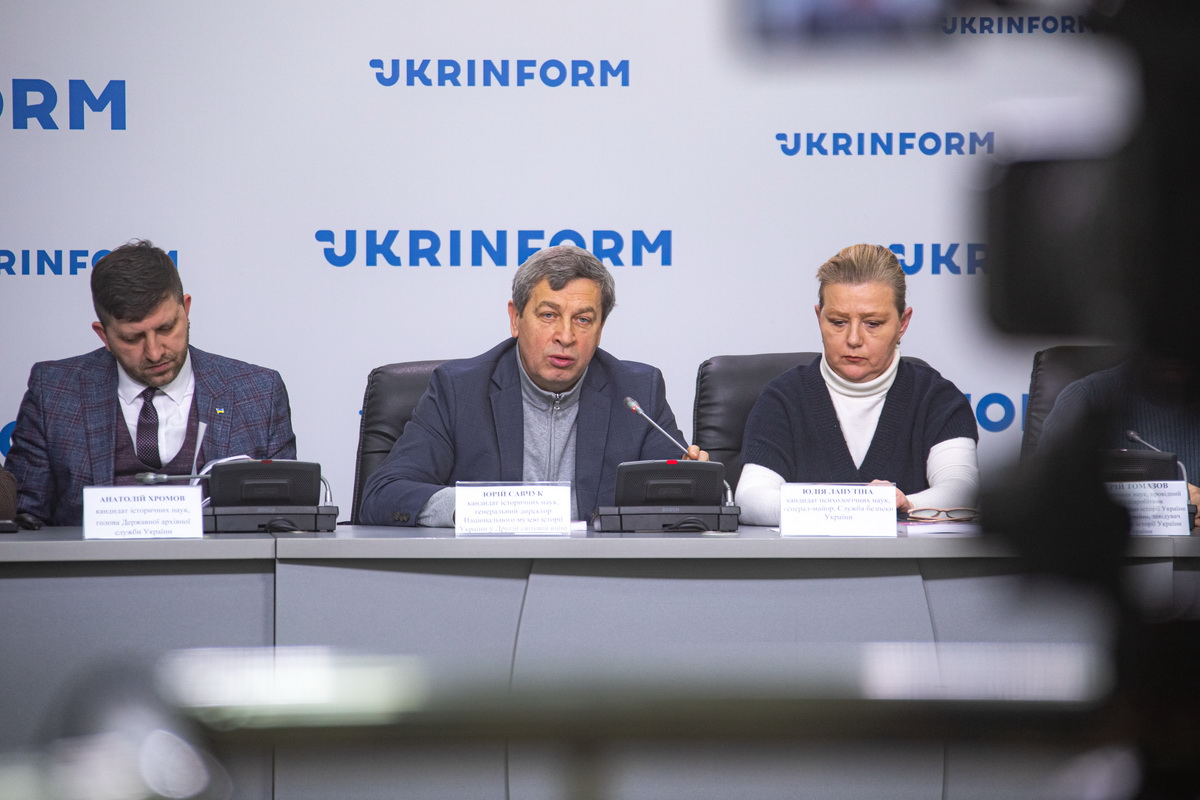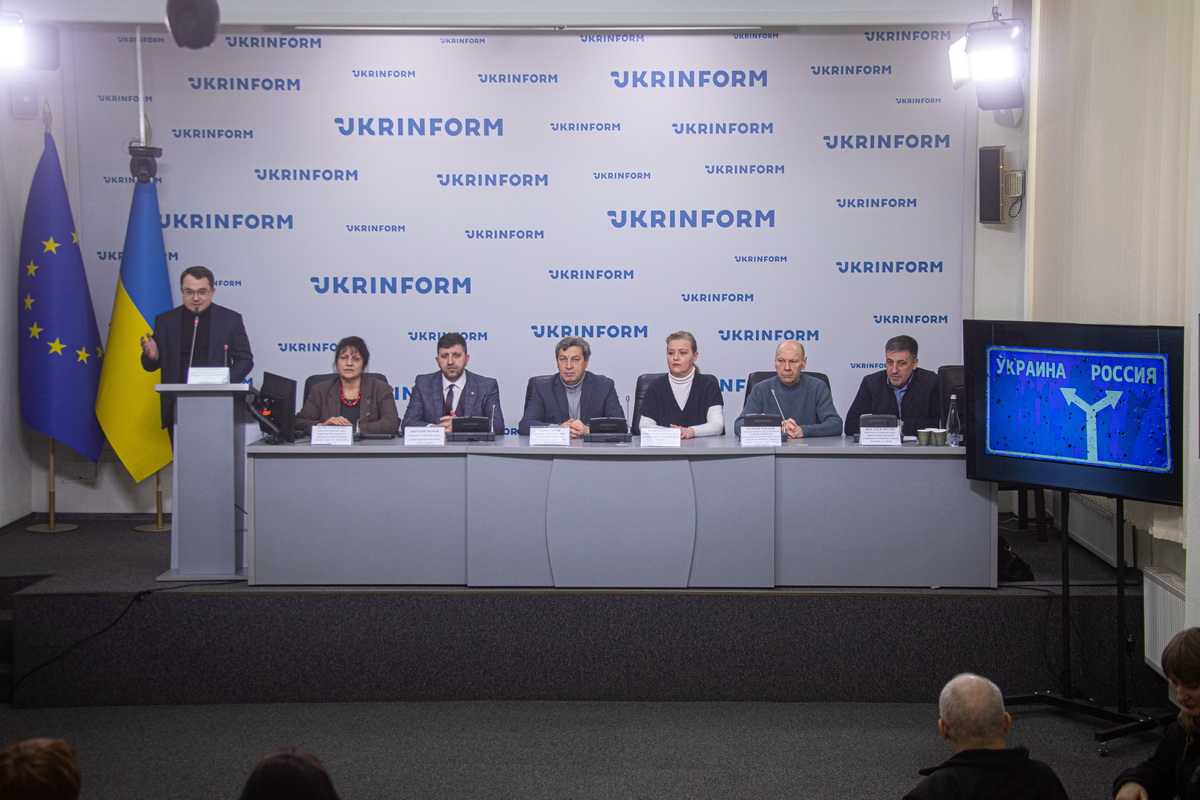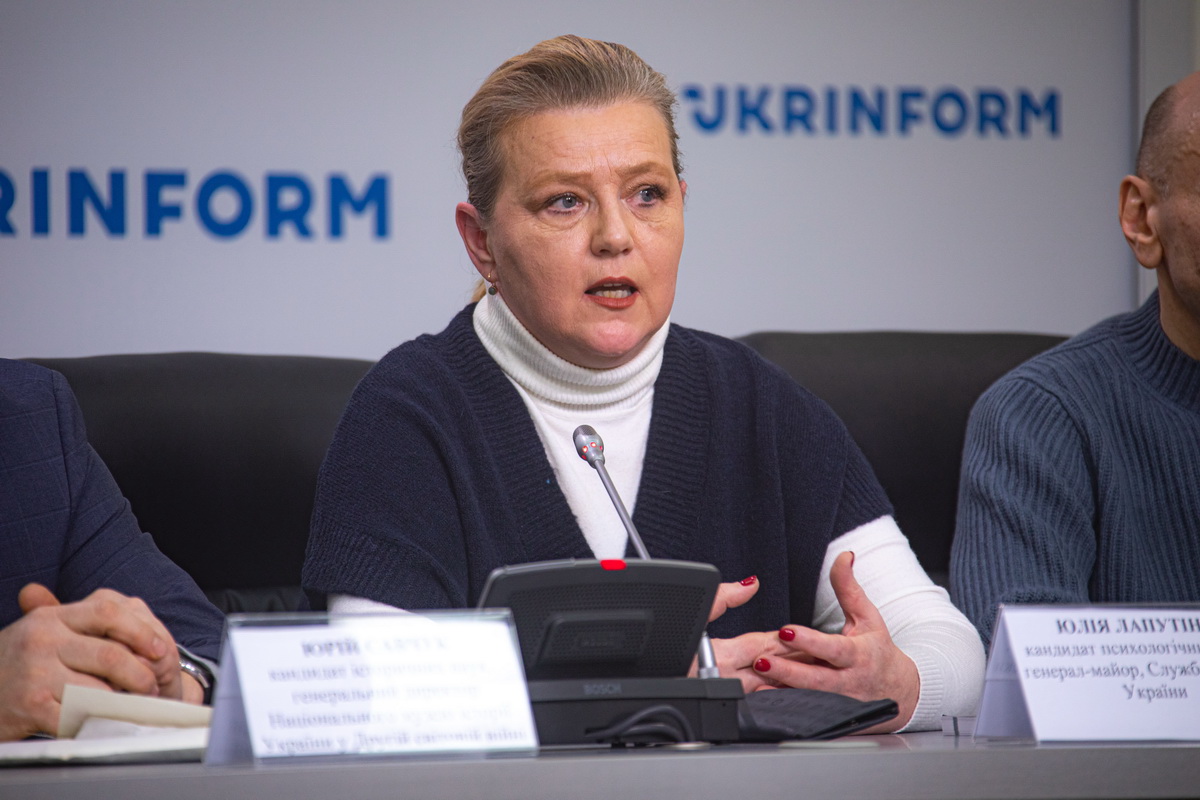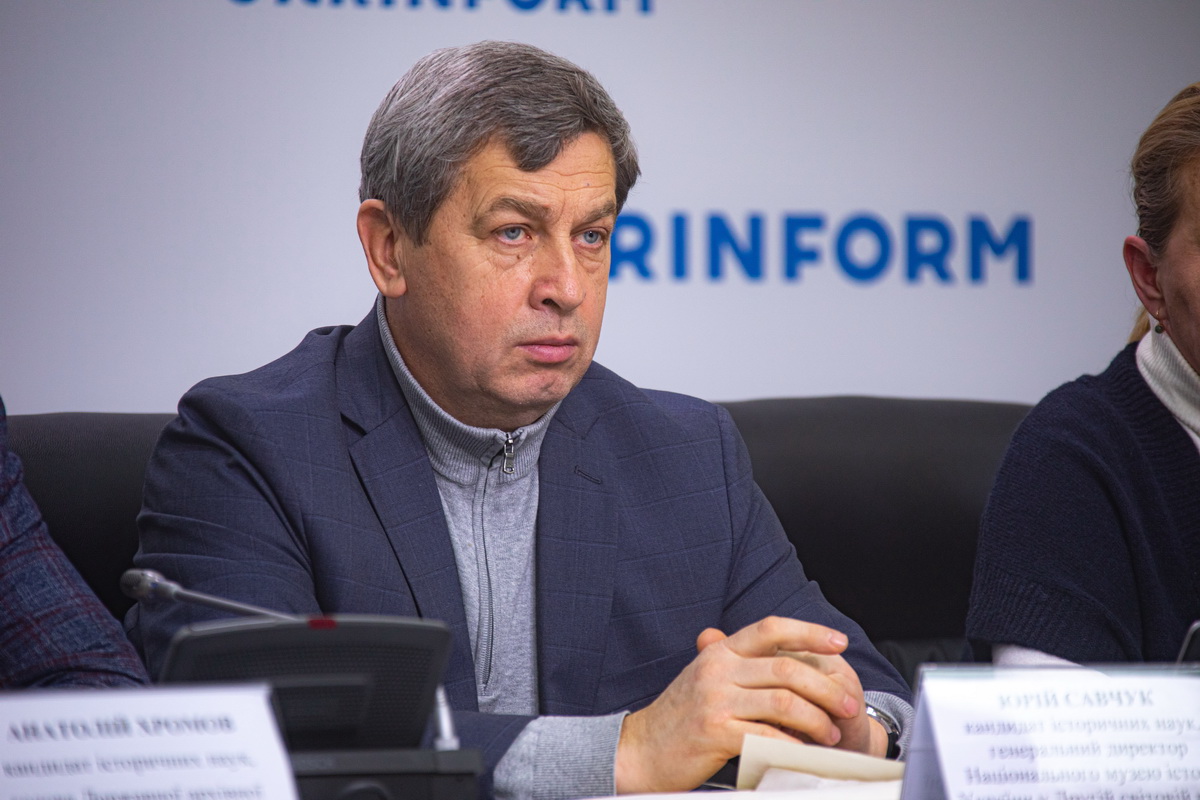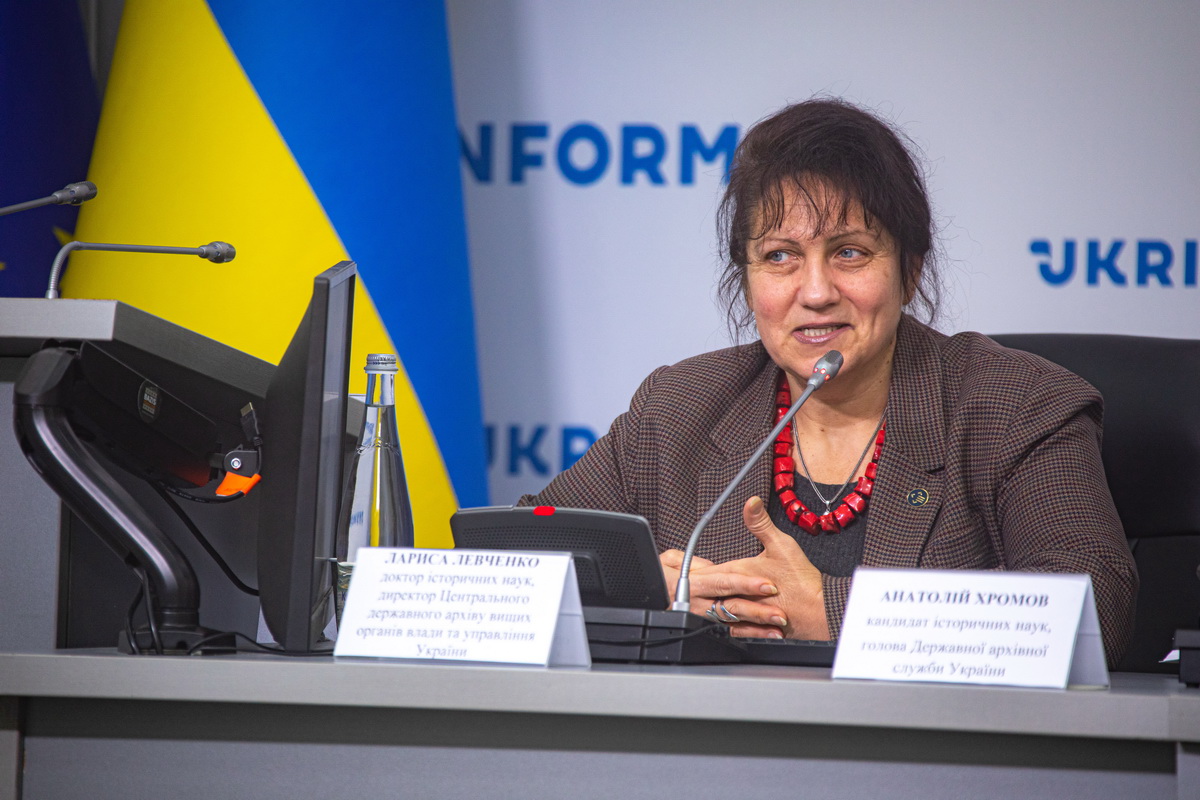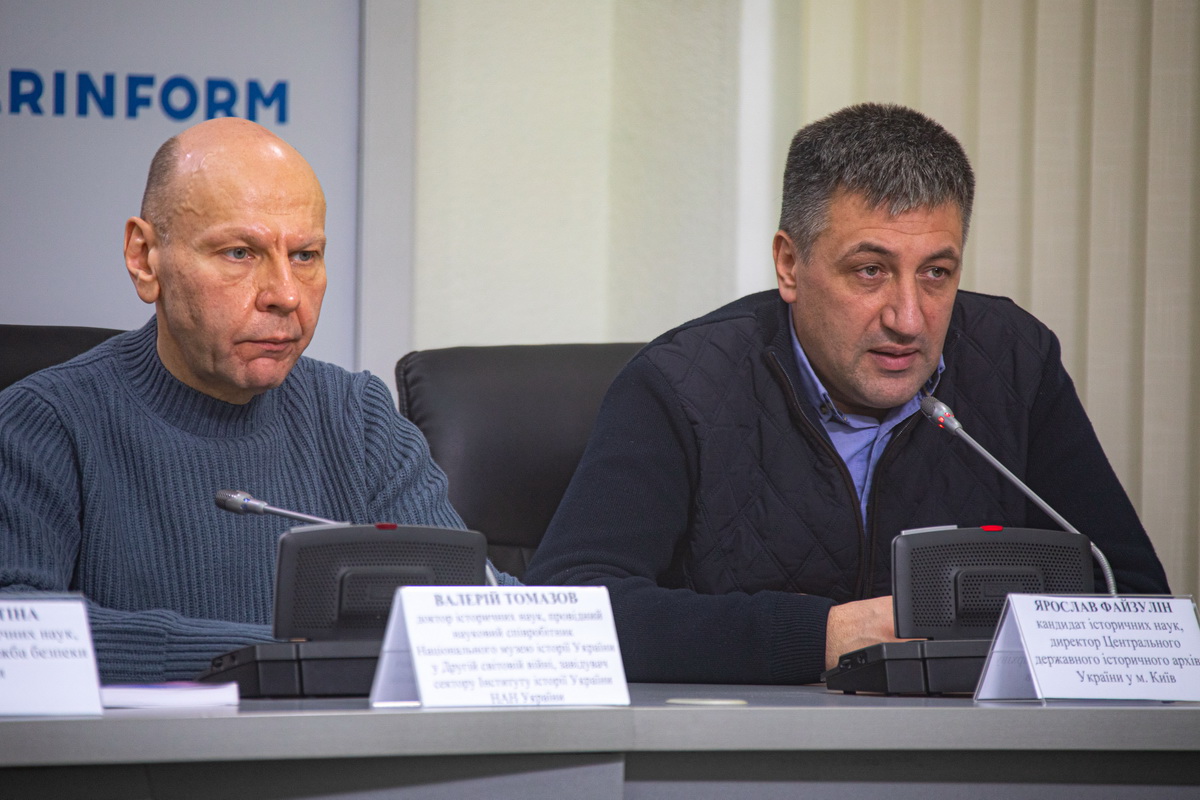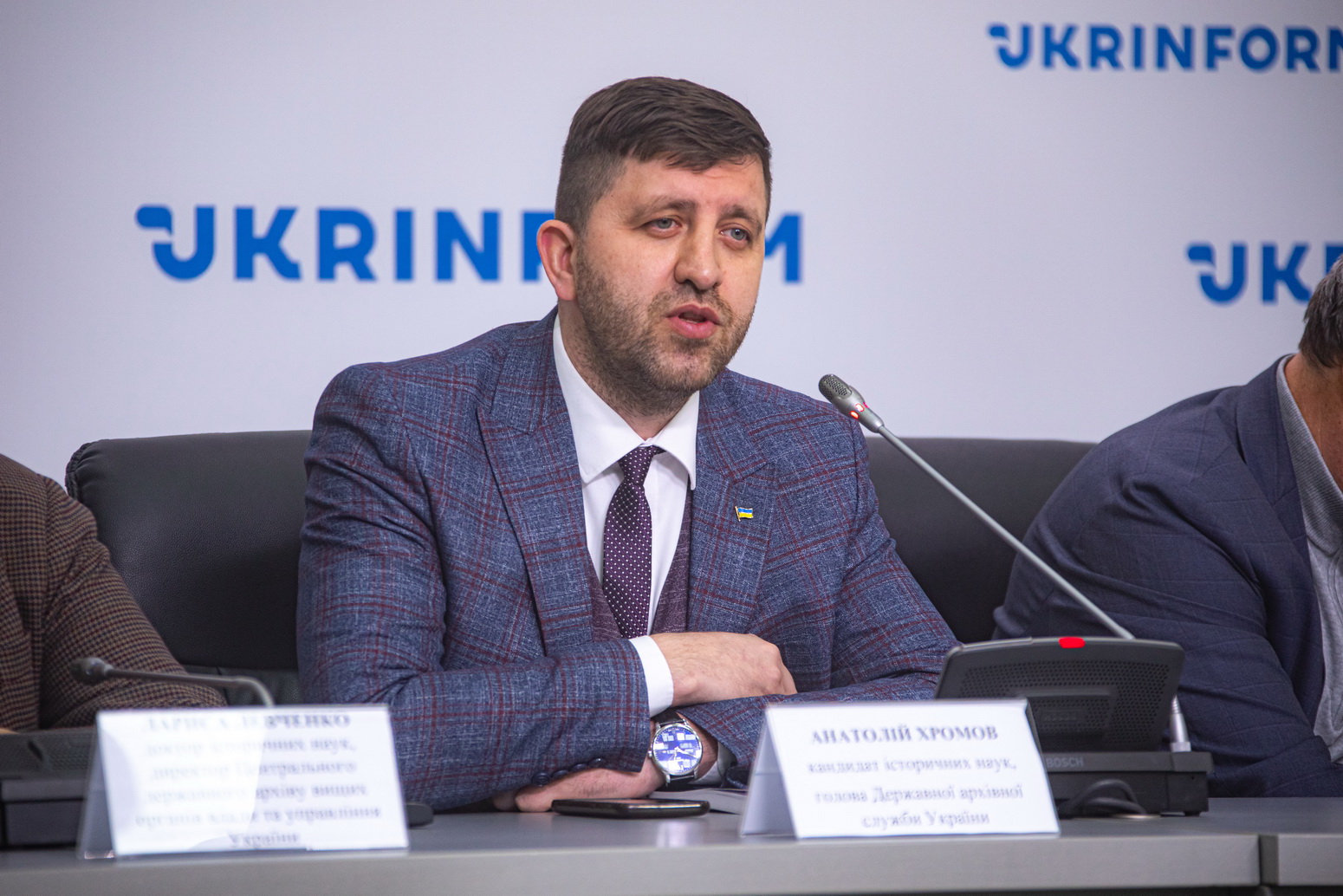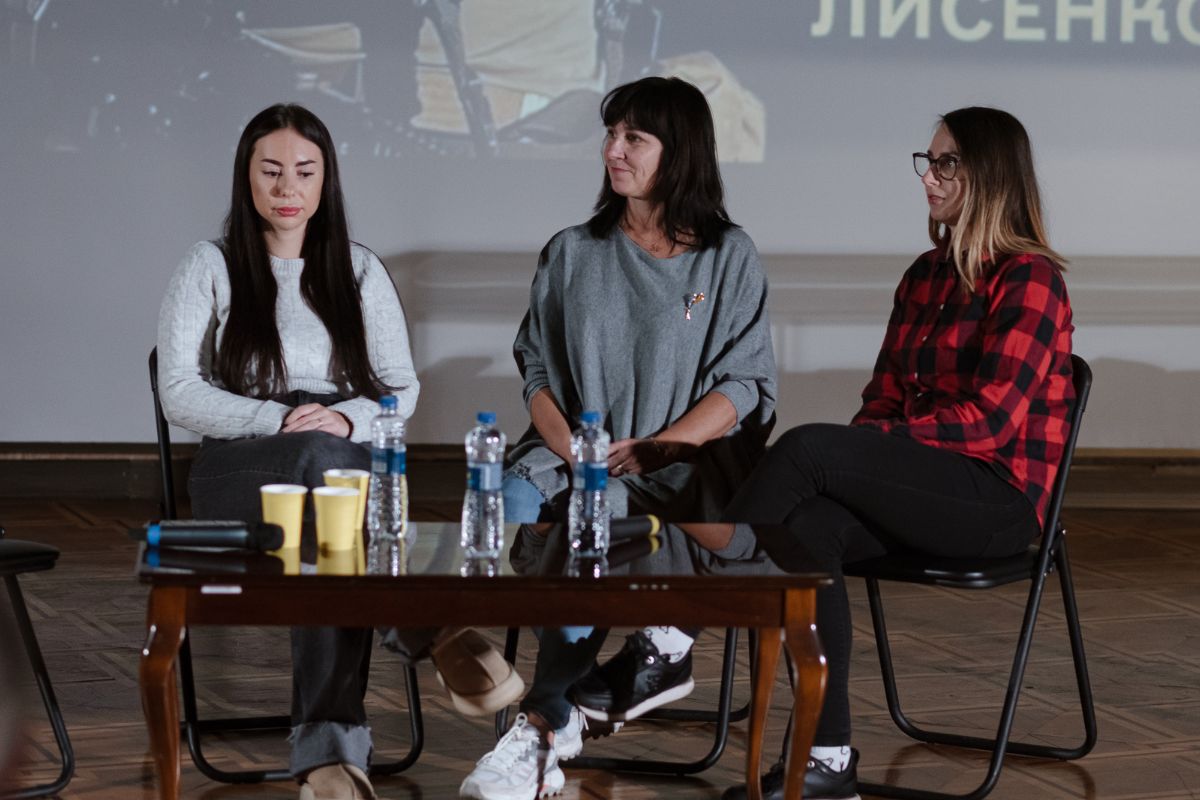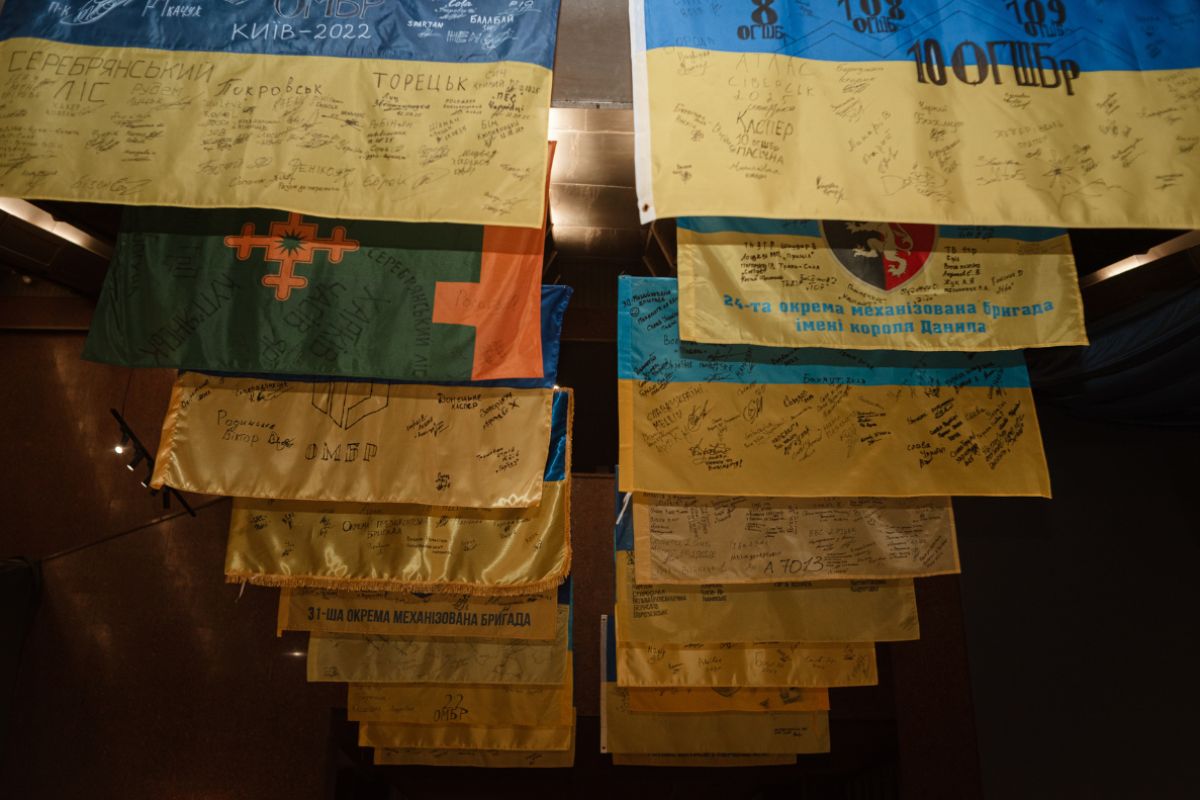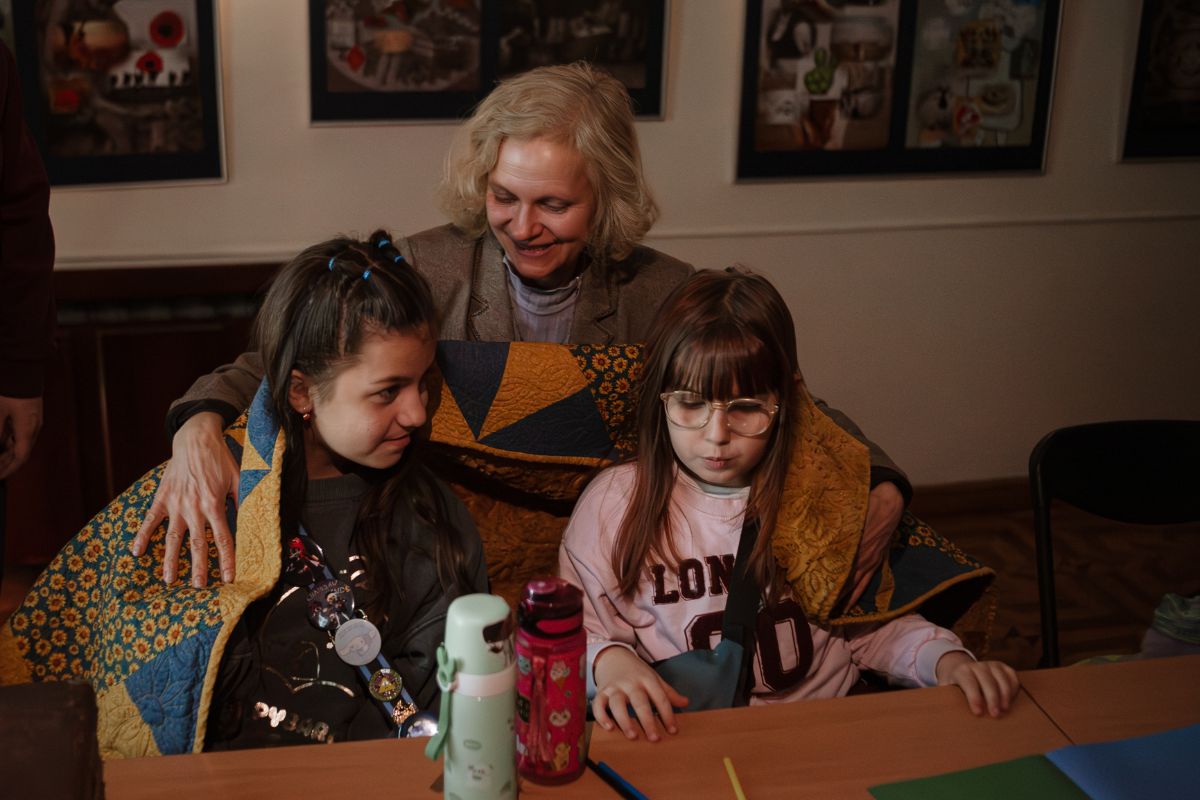On January 30, the War Museum, together with the Center for Strategic Communications and Information Security, held a roundtable discussion on the topic "Historical portrait of Sloboda Ukraine: Kursk region" and presented the museum publication of the same name at the National News Agency "Ukrinform".
For a wide audience, scientists shared facts from the history of Kursk and examined little-known facts from the history of Ukraine. They discussed the following main topics:
- the history of the settlement of part of the largest historical and geographical region of Ukraine, Sloboda Ukraine;
- the discriminatory demarcation of Sloboda Ukraine and the inclusion of part of it into the RSFSR in the 1920s as the beginning of assimilation processes;
- Kursk region today: realities and prospects.
In his opening speech, Maksym Vikhrov, an analyst at the Center for Strategic Communications and Information Security, emphasized the importance of scientific and popular science activities for the self-awareness of Ukrainians: "We must look for the roots of our identity, places of grouping of Ukrainians on different sides of the borders, where our ethnic boundaries differ from administrative ones."
PhD in Psychology, Major General of the Security Service of Ukraine Yulia Laputina noted the role of historical truth in strategic communications in the fight against the aggressor: "Russia has manipulated history for many centuries. Today we say that a nation of free people – Ukrainians – must convey the historical truth. The Security Service of Ukraine has been aware of this power from the very beginning of its existence. We immediately opened the archives, thanks to which the world learned about the repressions of the Stalinist era, and we achieved global recognition of the Holodomor as a genocide of the Ukrainian people."
The Director General of the War Museum, Yurii Savchuk, introduced visitors to the process of preparing and opening the exhibition "...beyond the border of our native land", the work on which was the basis of the presented publication. During an expedition to Kursk in August 2024, museum workers noticed a "Ukrainian trace" in these territories. The exhibition was presented on September 6, a month after the start of the Kursk operation of the Defense Forces of Ukraine. The expeditionary testimonies presented to the audience were supplemented by a historical portrait of the region.
The museum managed to present the history of Kursk region thanks to the support of archival and museum institutions. The head of the Archival Service of Ukraine, Anatolii Khromov, noted how important for researchers the mass digitization and publication of archival materials, which testify to a century-old common history, has become. He emphasized that the slogan of the archival service fully corresponds to the results that we can observe at this event: "Our strength is in openness."
Yaroslav Faizulin, PhD in History, Director of the Central State Historical Archives of Ukraine in Kyiv, spoke about the history of the settlement of the present-day Kursk region by the Cossack-Circassian people.
Larysa Levchenko, Doctor of Sciences in History, Director of Central State Archives of Supreme Bodies of Power and Government of Ukraine, outlined the period of the struggle for independence (1917–1920). Valerii Tomazov, Doctor of Sciences in History, Leading Research Scientist of The National Museum of the History of Ukraine in the Second World War, Head of the Sector of the Institute of History of Ukraine, told how these lands were included in the RSFSR and how they were Russified.
The round table and the presentation of the museum publication are an important step not only in the study but also in the popularization of the historical heritage of the Sloboda Ukraine, in particular Kursk region. The research presented by historians and archivists once again confirms the deep Ukrainian imprint in this region and the need for further understanding of the historical processes that shaped its identity.
An important result of the event was to emphasize the importance of historical truth in countering modern information challenges and hostile manipulations. Thanks to the joint efforts of scientists, museum workers, and archivists, the history of Ukrainian lands is taking on a new meaning, and the preservation and popularization of historical memory is becoming an important component of Ukraine’s national security.
